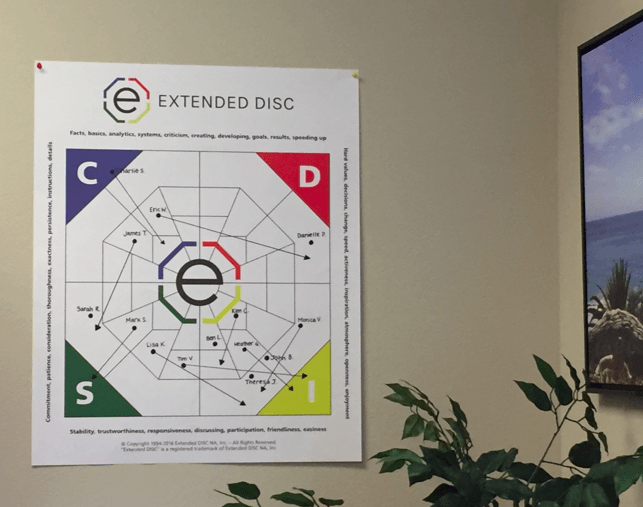When it comes to helping employees understand where their strengths and weaknesses are, receiving employee feedback from their managers is crucial. DISC assessments can help facilitate the process.
Employee feedback can provide those workers with a lot of useful information about what they should continue doing going forward. It can also help employees focus on any areas where they really need to improve.

The Value of Employee Feedback
All managers should be able to access tools that are easy to use and easy to understand. The more validated the employee feedback is, the easier it may be for supervisors to provide it. Employees may also accept it easier, as well. That is where the DISC assessment comes in. DISC gives proven information that can be used to help in an effective feedback session. DISC helps the manager know how the employee prefers that feedback is given. For example, there are styles that just want you to highlight key points versus those that want it in detailed written format.
One of the reasons DISC tests work so well is because it’s a self-assessment which identifies the person’s natural behaviors. Once that knowledge has been discovered, it can be used by managers and supervisors to provide employee feedback. It can also offer suggestions in helpful ways that can get the employee and the entire company moving forward. Giving feedback to employees is not always easy. It can turn into a tense situation or one where employees feel they are being attacked. However, employee feedback is extremely valuable; just make sure it is offered the right way.
Not every company, manager, or supervisor may see the value of employee feedback. But, it can play a vital role in how employees feel about themselves and their roles in the business. When employee feedback is given the right way, it can encourage and enlighten employees. When delivered in the wrong way, though, it can make employees hurt and keep them from feeling valued. Addressing employees fairly and honestly regarding any problems can go a long way toward building a feeling of teamwork in a company. In addition, including positive employee feedback can insure that the session is rewarding and balanced for the employees.
When Employee Feedback Doesn’t Work
Unfortunately, there are times employee feedback is seen as subjective, rather than objective. But, that can be changed by using the DISC model. When employees are offered subjective feedback they may feel threatened or accused. That occurs mostly because they are unsure how to “fix” problems that come about purely based on other people’s opinions. Additionally, managers may think the employee is doing something the wrong way, but they won’t give them the steps to make changes. This is not the same thing as having objective information about a specific problem. With the more objective feedback that DISC styles can provide, employees can get direct, clear information they can use to make changes and improvements.
Employees who do not get feedback are not in a place to make changes. This is due to the fact that they are not clear on what they need to change. Vague feedback and casual suggestions often do not help the way they really should, either. More specific information is needed if lasting changes are really going to be made the right way. When a company does not use options like the DISC model, it can hurt the business and the employees. Employees aren’t told what the issues are or what change is needed in a way that actually mesh with their behavior. Because of that, they fail to make the changes that would improve their working lives and the company’s bottom line.
Employees can determine what they need to work on by using DISC training and DISC assessments.
Managers can also provide feedback to employees in a way that works with their behavior and personality. In addition, managers can get a better understanding of an employee. When using DISC, feedback is given in a way that an employee will more likely respond to. No matter how good or bad of a job an employee is doing, their style will affect how they receive feedback. This is also true with what they need to be praised for or work on improving. When feedback is given the right way, there are higher levels of success and better responses.
In other words, when a manager gives an employee feedback, it needs to be done in such a way that the employee can respond to it. The DISC profile offers useful information on employees and how they operate. Managers can use DISC data to find ways to approach employees about important feedback that needs to be addressed. Whether that is through a formal assessment, or through more casual interactions, the employee is being approached in the conducive way and with the helpful information.
How DISC Assessments Work
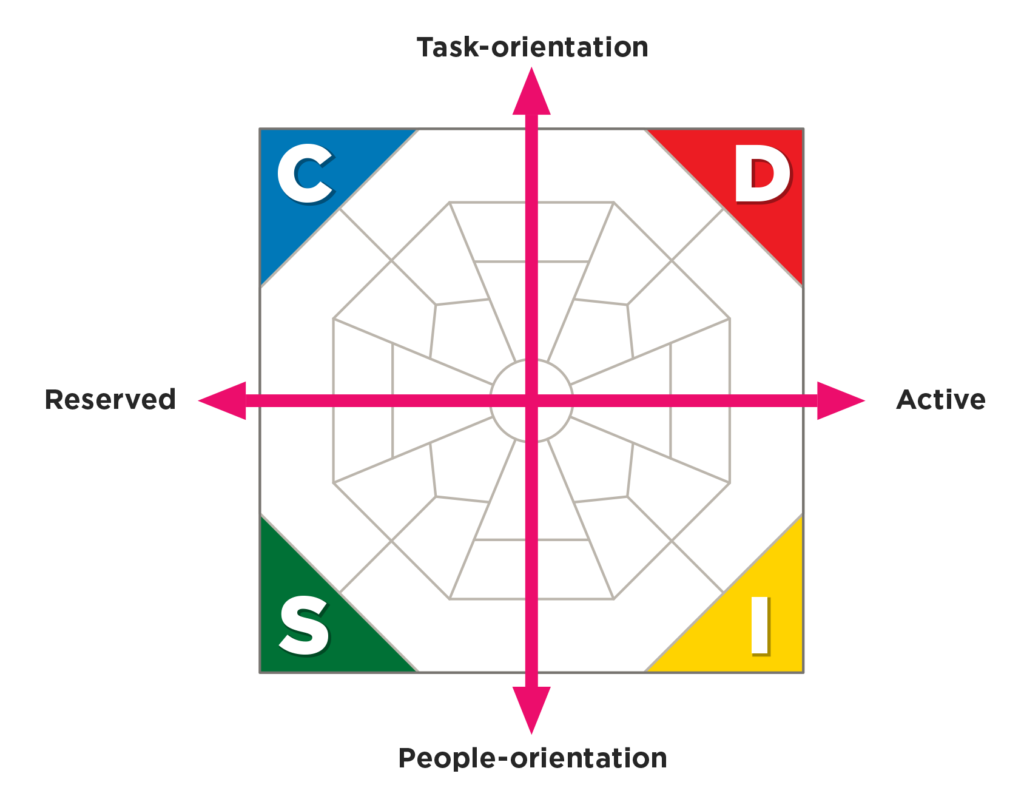 The way the DISC profile works is through asking questions the employee can answer about who they are. The answers are analyzed and used to provide a snapshot of the employee’s natural behavioral style. With the DISC model, managers can get more detailed information on their employees. This can help them work toward better levels of feedback. That leads to more development than would otherwise be seen. Overall, a DISC profile lets employees know who they are in relation to their work. In addition, the DISC report helps to identify a person’s motivators, pressure effects, decision-making, and more. It also lets managers know who those employees are.
The way the DISC profile works is through asking questions the employee can answer about who they are. The answers are analyzed and used to provide a snapshot of the employee’s natural behavioral style. With the DISC model, managers can get more detailed information on their employees. This can help them work toward better levels of feedback. That leads to more development than would otherwise be seen. Overall, a DISC profile lets employees know who they are in relation to their work. In addition, the DISC report helps to identify a person’s motivators, pressure effects, decision-making, and more. It also lets managers know who those employees are.
Not every employee will be in their ideal job based on their DISC style. That is another thing the DISC assessment can help determine. In some cases, employees may do much better if they are able to change their job or focus on specific roles within their job. These identified roles could be ones that gives them more motivation and confidence to perform well. Depending on the company, that may or may not be something that is possible. It can be discussed as part of the employee feedback process. They may want to consider a job change within the company to another role. Without the DISC assessment, though, the knowledge that changing roles would help may be unavailable.
DISC Training for Employee Feedback
The information provided from DISC training can add significant value to any organization. Companies who learn about the DISC styles of their employees will find it easier to identify how those employees can succeed. Employees then could be more productive and successful. When a company is serious about acquiring and retaining good employees, it understands that just hiring people and telling them what to do is not enough. While that may work for some people in some job roles, it often does not work for others in different types of jobs. Employees and managers can both struggle.
In order to prevent employee struggles and frustrated supervisors, DISC training information is extremely valuable. It allows for much more natural feedback. In turn, this provides employees with options they can use to better themselves in thoughtful, realistic ways. Employees must consider what they need to do differently. How that information is presented to them and what they are really being asked to do can make all the difference. Employees who focus on being their best selves are often much more prepared for changes in their job roles. This is true even if they do not have the job they are best suited for in a company.
Managers can also benefit from DISC training. There are many skills and tools to better employee feedback. There is no one right way, but DISC is one tool that can help the manager and the employee.
When feedback comes naturally and is based on the true needs of employees and the company they work for, it becomes more of a team effort.

Many employees still see feedback as a criticism and can become defensive. However, good feedback should be based on information, and not criticism. It should be about what the employee can improve upon but, it often focuses on what they are doing “wrong.” It is possible that employees and managers do not understand how to interact with each other. That can be a big problem for a business.
Employees and managers both need to focus on the goals in order for any company to have a high level of success. But sometimes those goals are at cross purposes. Companies can struggle when that happens. However, there are ways to reduce the chances of problems. The DISC model can help remove the misunderstandings and improve communication. Managers are taught about their DISC styles and what they can do to be more helpful and efficient. Employees are taught about their DISC styles and what they can do to be more successful and comfortable in their job roles. Working together, valuable changes can be made from the feedback received.
A DISC assessment is a great way to give employee feedback. It is also an excellent way to learn about how you prefer to manage and lead. The more knowledge both sides have, the more likely it will be that those parties can work together and get things done more easily. That is one of the keys to DISC. Knowledge really is power. What is done with that power matters. When it is used the correct way, it can propel a company forward. Everyone can improve their level of success and value if the feedback is done in a useful way.
How DISC Management Styles Affect Employee Feedback
Management styles are not all alike. How an employee reacts to feedback can be affected by the way that it is given. If you want to insure your employees are getting useful feedback in a way that works for them, you need to know about their DISC style. However, you also need to know about your own DISC style. Some people are different in how they communicate. They may even clash. That can lead to feedback problems that can be avoided.
One of the ways to avoid the feedback problems is to focus on what commonalities the people involved have. If a manager and an employee can find common ground through their DISC styles, having that manager provide feedback to the employee may be more successful. On the other hand, there may be no common ground at all. Remember, as the manager, you have the ability to adjust your communication style in a way that works better with your employee. You can’t make him or her adjust to your style. So you may need to speed up, give the employee time to process, etc. The employee will be more receptive if the way information is delivered is comfortable.
In order to have commonalities with employees, managers must know more about those employees. The DISC test helps provide that information. Managers can work with better with employees and provide feedback in ways that everyone can respond to. That doesn’t mean employees should be coddled, but it does mean outcomes are improved if feedback is delivered in a suitable way. DISC helps you find a way to give feedback that the employee will hear and respond to. It makes things easier for any manager to talk to that employee and have changes made successfully.
How to Not Lose Your Good Employees
Management types using the DISC model can be a very valuable resource when it comes to handling employee issues. But many supervisors fail to realize that there is more to the issue than just keeping employees working at a steady pace. Feedback and communication concerns are some of the biggest issues for employees and managers. When that becomes a problem on one end or the other it can lead to trouble in the workplace. Companies have lost good employees because of inappropriate ways of providing feedback, that drove good people to companies that “treat them better.”
Managers need to care when giving feedback, but honesty is important too. DISC provides feedback language that is non-judgmental, but still honest. Hence, it can also be provided in a way that an employee will respond to as well as possible. Even difficult feedback can be offered in a compassionate way. When a manager knows about the employee’s DISC style and how it relates to his/her own then feedback is generally much more successful. Use DISC to provide feedback in ways that the employee finds more relatable and comfortable. It can help a business keep good employees who just need some extra guidance.
Management Training Using DISC Styles
DISC assessments should not only be used on employees, but on managers too. Managers who are more self-aware of their DISC styles will have the ability to modify it to become better leaders. One of the ways to help managers give better feedback to employees is to make sure those managers are getting proper management training and DISC training.
Once a manager knows their DISC profile, they can focus on what they need to do next. They may have personality traits and behaviors they were not aware of, especially when they feel pressured. Perhaps they didn’t realize that others viewed their DISC style differently than how they did. Managers can also use the DISC report to learn how they prefer to lead, how they support employees, how they listen, etc. Learning more about themselves can help them address what they really need to do in order to be more effective as they provide employee feedback.
Employee Feedback is a Two Way Street
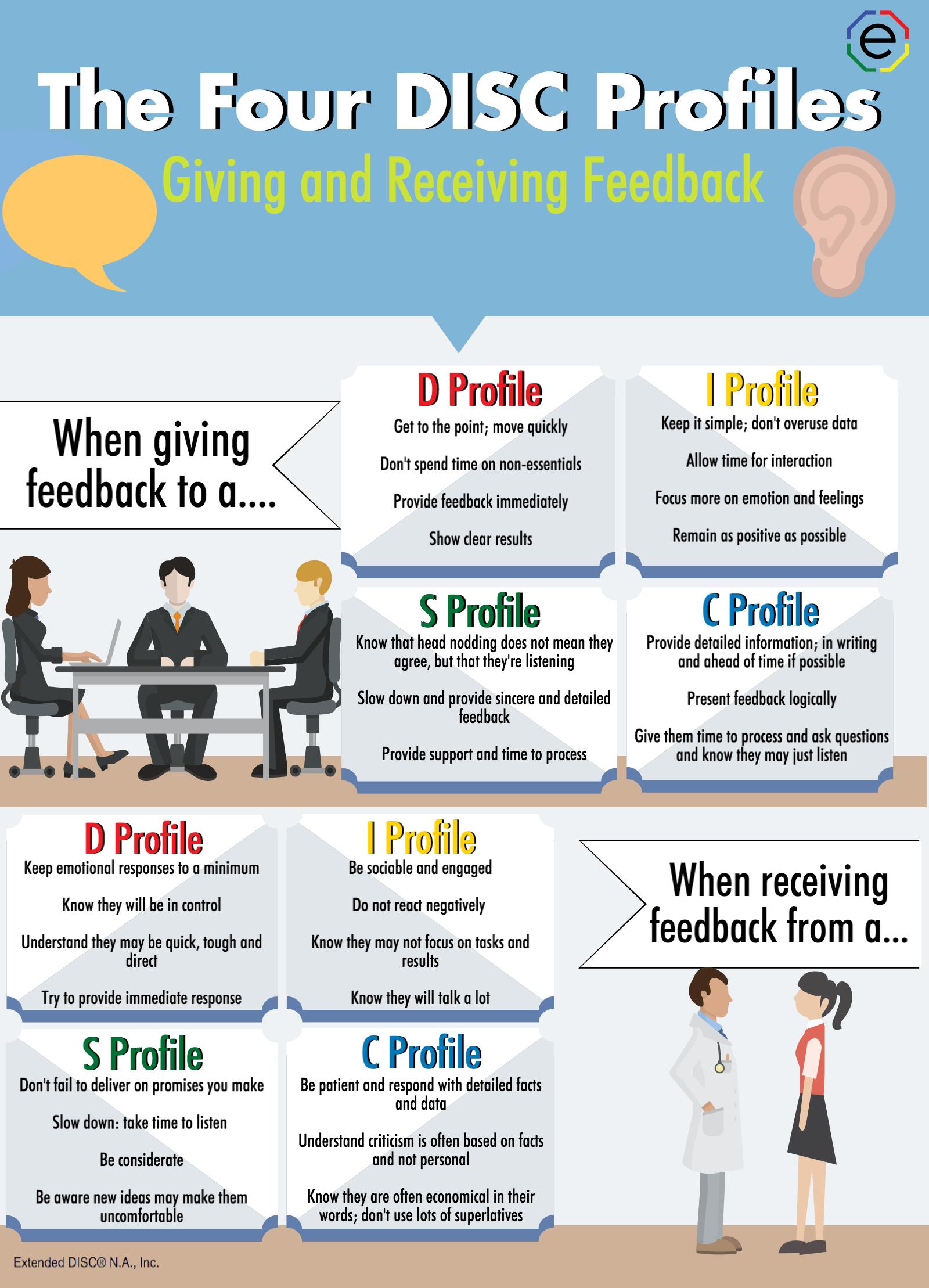
In short, feedback is not just for employees. Everyone can improve when hearing and using constructive feedback. In fact, managers have to be receptive to feedback as well. Their job is not just to provide it to their employees and then expect them to be receptive. They cannot just assume that they need no instruction or correction. A DISC assessment can help them see that. This helps indicate whether they may need to make changes to be more effective.
Not all managers are created equally. For those who struggle with the roles they have, it may be necessary for them to make some changes as well. That does not mean they should not be in management roles. However, they may need to be more aware at how they portray those roles. They should also consider what they do to reach out to others where providing feedback is concerned. One rule is to treat others how you would want to be treated. This is generally true in that treating people with respect and kindness is important. However, different people still need different things when it comes to how they respond to feedback. Think about how your employees want to be treated instead and make the best adjustments.
The more a manager understands about themselves, the easier they can understand things about their own employees. That allows them to be better suited for giving feedback. They can also accept feedback that they need to hear. If they are doing something in a way that is difficult for employees to handle, it can be very helpful if they can accept feedback as well. There are many businesses that want feedback to be a two-way street between employees and managers.
When DISC styles are identified and understood, that feedback flows much more easily and honestly.
Better communication through the DISC tool can help reduce misunderstandings and keep everyone in the company on the same page. It is not a perfect solution to any concerns employees or managers may have. However, it goes a long way toward ensuring the overall health and success of the company, as well as the job satisfaction and engagement of the individuals who work there.
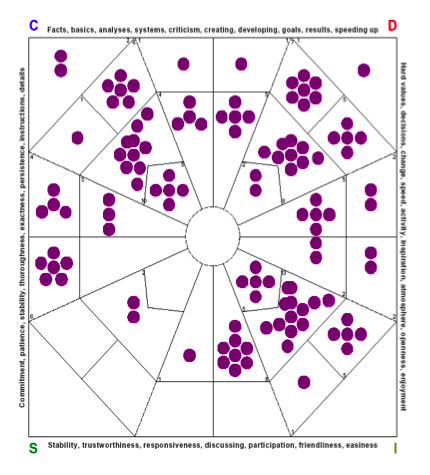
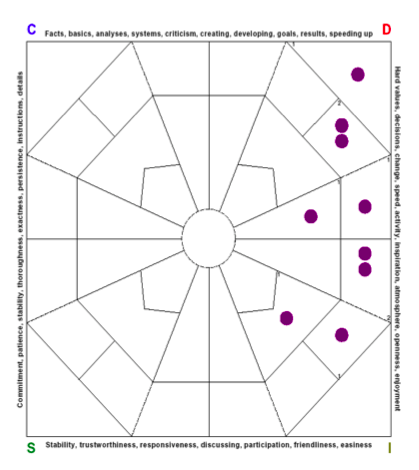
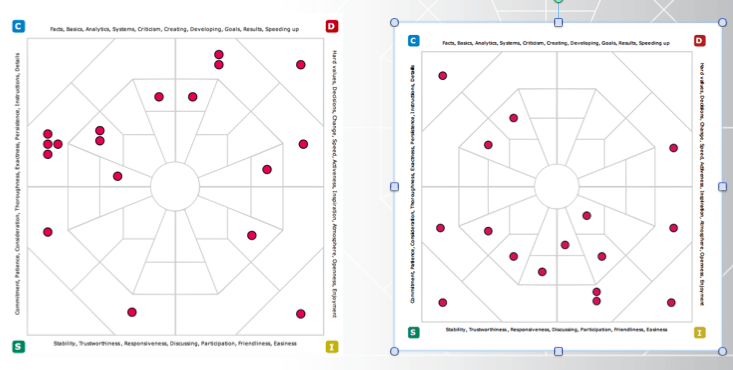
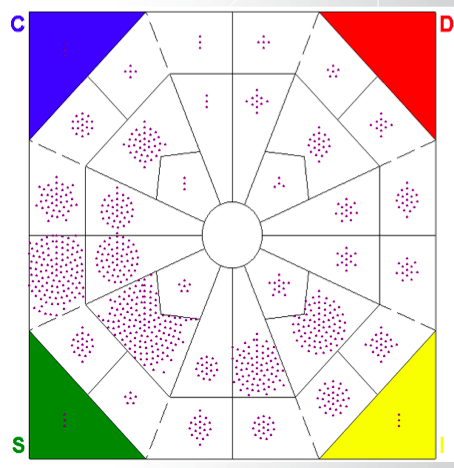
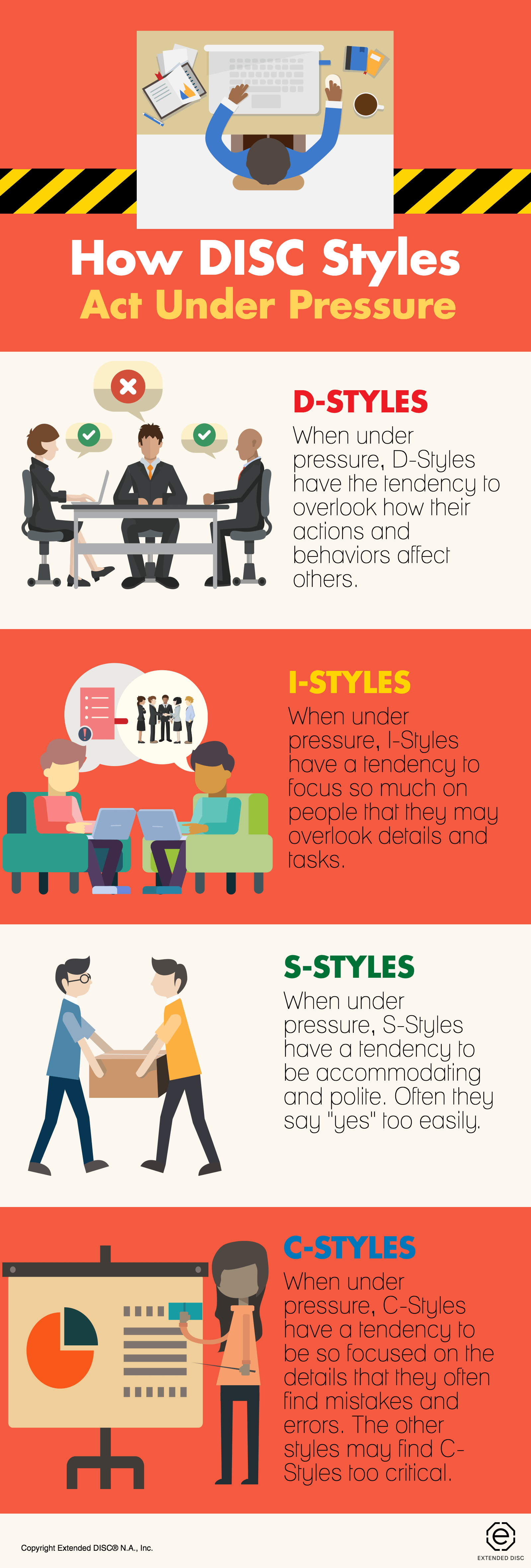
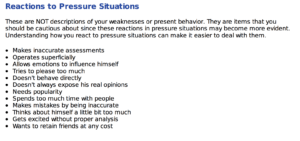
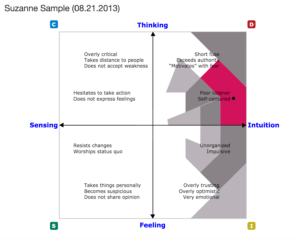

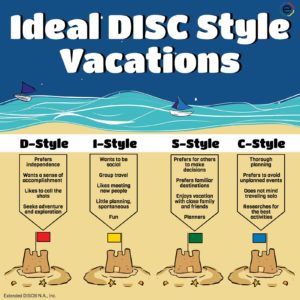
 High-D folks actively seek adventure and exploration in every aspect of life. Vacations are no exception. This DISC style thrives on independence and picking their own activities. They’ll need plenty to do on vacation to keep them busy and happy. Lounging on the beach or by the pool may work for a while, but a D-profile person is going to enjoy activities and exploration more. They may prefer scuba diving, mountain climbing, and even exploring a new, foreign city on foot. They want to be in control or at least feel as if they are. Plan a D-style vacation that is active and provides him/her with a sense of accomplishment.
High-D folks actively seek adventure and exploration in every aspect of life. Vacations are no exception. This DISC style thrives on independence and picking their own activities. They’ll need plenty to do on vacation to keep them busy and happy. Lounging on the beach or by the pool may work for a while, but a D-profile person is going to enjoy activities and exploration more. They may prefer scuba diving, mountain climbing, and even exploring a new, foreign city on foot. They want to be in control or at least feel as if they are. Plan a D-style vacation that is active and provides him/her with a sense of accomplishment.




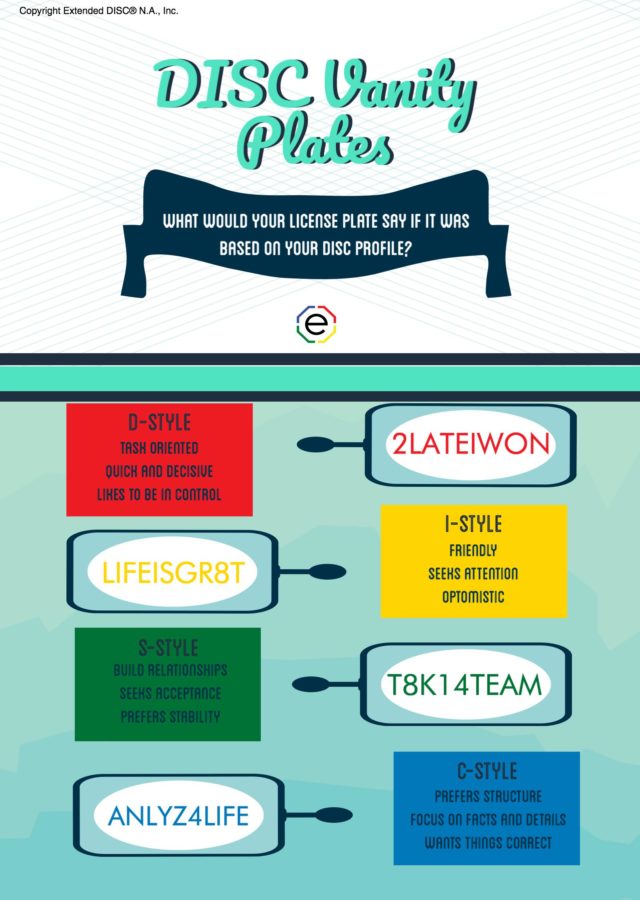


 Understanding who you are, what you can do, and what you have to offer is important, but there is more to the equation than that. You also need to know how to use all of that information in the way you work with others. That gives you the opportunity to find a field you can thrive in. You can use it to find work that would make the best use of all your talents. The DISC Assessment Tool can provide you with that knowledge. In addition, you can learn some of the best ways to succeed in the workplace and in other significant areas of your life.
Understanding who you are, what you can do, and what you have to offer is important, but there is more to the equation than that. You also need to know how to use all of that information in the way you work with others. That gives you the opportunity to find a field you can thrive in. You can use it to find work that would make the best use of all your talents. The DISC Assessment Tool can provide you with that knowledge. In addition, you can learn some of the best ways to succeed in the workplace and in other significant areas of your life. Behaviors that some people carry out through the day may not be what are the most suitable. They can lead to a lot of problems. Introverts with outgoing sales jobs may struggle, for example. So can people who are naturally friendly and fun-loving, but are forced by job circumstances to keep their head down and be quiet. No matter which way a person naturally is, asking them to be someone else for the sake of a job or some type of relationship never really works in the long term. People are drained of energy and not happy, and their performance in that role will suffer because of it.
Behaviors that some people carry out through the day may not be what are the most suitable. They can lead to a lot of problems. Introverts with outgoing sales jobs may struggle, for example. So can people who are naturally friendly and fun-loving, but are forced by job circumstances to keep their head down and be quiet. No matter which way a person naturally is, asking them to be someone else for the sake of a job or some type of relationship never really works in the long term. People are drained of energy and not happy, and their performance in that role will suffer because of it.
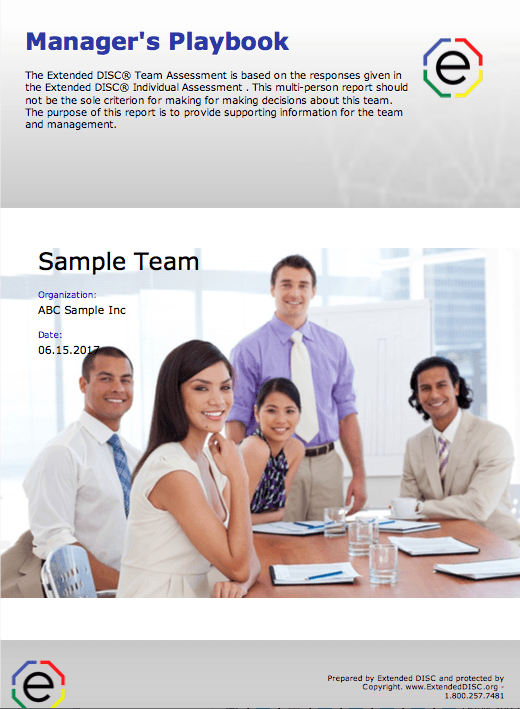 We take all the team members’ individual results and create the team report. This Team DISC Assessment is not designed for the team, but for the manager. However, there are similar sections and graphs to the standard team report.
We take all the team members’ individual results and create the team report. This Team DISC Assessment is not designed for the team, but for the manager. However, there are similar sections and graphs to the standard team report.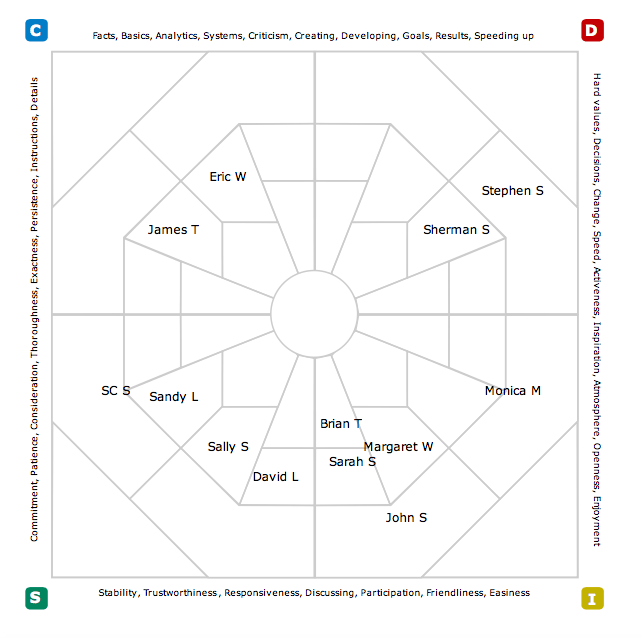 The Name Map is a great place to start to elevate the performance of the team. Managers will view the Manager’s Report differently from the team members. Team members and managers have different motivators and viewpoints. Hence, the meaning of the data will be different as well. Managers may not find the Shotgun Map as helpful since they already know where their employees’ natural DISC styles are. As a manager or coach, you want to know what kinds of styles you have on your team.
The Name Map is a great place to start to elevate the performance of the team. Managers will view the Manager’s Report differently from the team members. Team members and managers have different motivators and viewpoints. Hence, the meaning of the data will be different as well. Managers may not find the Shotgun Map as helpful since they already know where their employees’ natural DISC styles are. As a manager or coach, you want to know what kinds of styles you have on your team.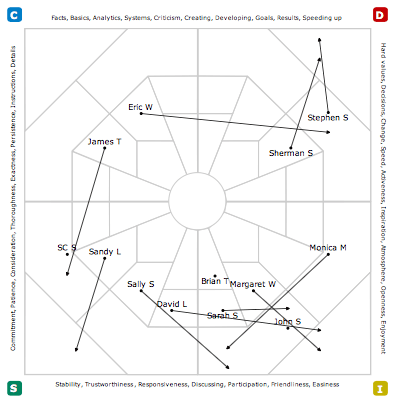 Look at the Arrow Map from the viewpoint of the manager because the interpretation will be different. The arrows for team member reflects how they feel they would need to adjust their natural DISC style to succeed in their present environment.
Look at the Arrow Map from the viewpoint of the manager because the interpretation will be different. The arrows for team member reflects how they feel they would need to adjust their natural DISC style to succeed in their present environment.